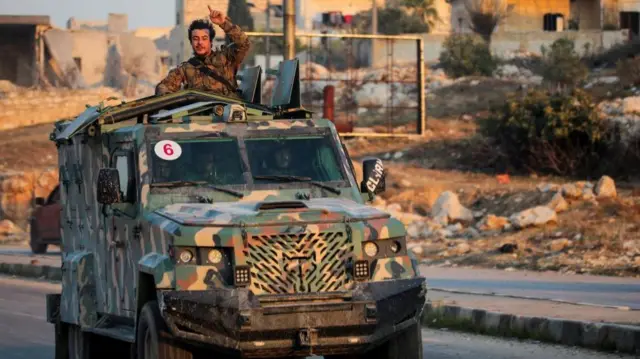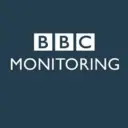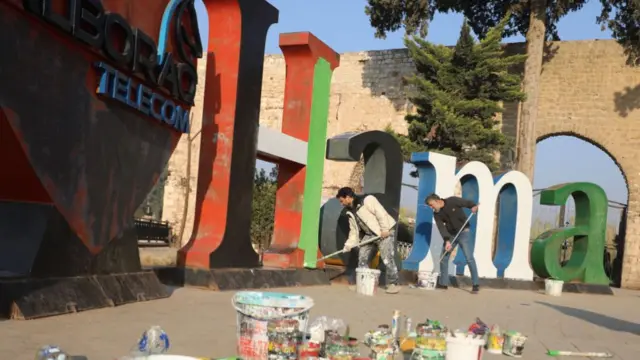What to know as Syrian rebels push into Homspublished at 17:15 GMT 6 December 2024
Syrian anti-government rebels have pushed into the city of Homs today, as they gain new ground in a fresh offensive against President Bashar al-Assad. If you're just joining us, here are some key details to catch you up this evening.
- Tens of thousands of people are fleeing Homs, external amid reports from that rebels are closing in on the city, Syria's third-largest
- The leader of Islamist group Hayat Tahrir al-Sham said their aim is to overthrow Syrian President Assad
- Reports suggest the US-backed and Kurdish-led militia group, the Syrian Democratic Forces, have also made significant advances, seizing control of Deir al-Zour, a large city in the east of Syria, and a border crossing between Syria and Iran
- “The rebels’ advance has been swift and astonishing, redrawing lines in the 13-year-old civil war,” writes BBC’s Middle East correspondent Hugo Bachega













